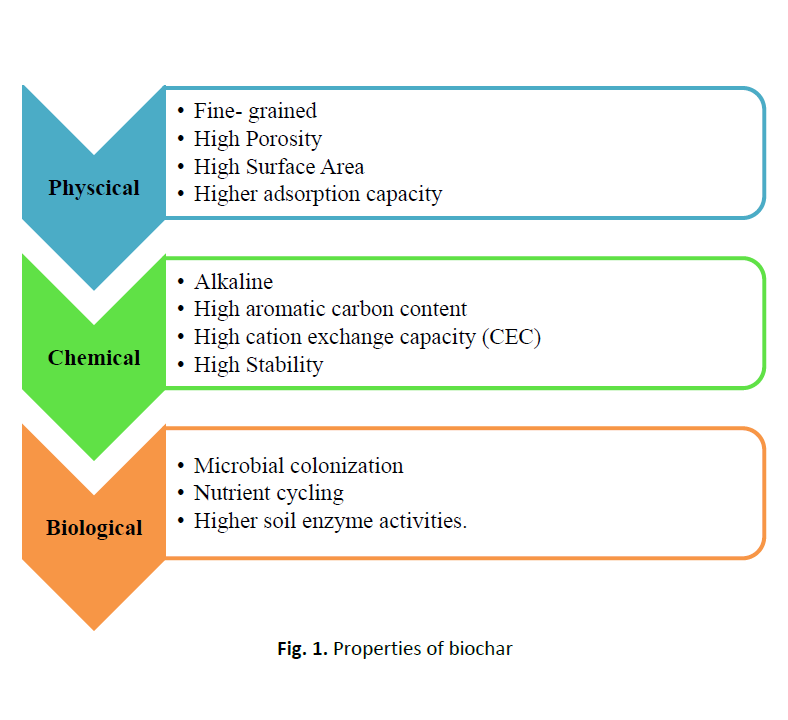The Potential of Biochar as a Soil Detoxifier: A Review
DOI:
https://doi.org/10.37934/sea.5.1.118Keywords:
Soil contamination, biochar, detoxification, soil health, efficiencyAbstract
Soil contamination by heavy metals and organic pollutants has become a major environmental concern due to industrialization, mining, urbanization, and excessive agrochemical use. These contaminants pose serious risks to human health through the food chain. Conventional soil remediation techniques are often costly and less sustainable, necessitating alternative solutions. Biochar, a carbon-rich material produced through pyrolysis of organic waste under oxygen-limited conditions, has gained attention as a potential soil detoxifier. Its high surface area, porosity, cation exchange capacity (CEC), and negative surface charge enable pollutant removal through adsorption, electrostatic interactions, and redox reactions. Additionally, biochar improves soil’s physical, chemical, and biological properties. The effectiveness of biochar in soil remediation depends on factors such as feedstock type, pyrolysis temperature, and application methods. However, concerns remain regarding its long-term stability, aging effects, and potential release of toxic compounds like polycyclic aromatic hydrocarbons (PAHs) and volatile organic compounds (VOCs). Further research is needed to evaluate its impact on microbial communities and nutrient dynamics. Future studies should focus on biochar functionalization, nanocomposite synthesis, and microbial inoculant integration to enhance its remediation potential. Despite certain limitations, biochar offers a promising, cost-effective, and sustainable strategy for soil detoxification, requiring further interdisciplinary research and regulatory frameworks.













